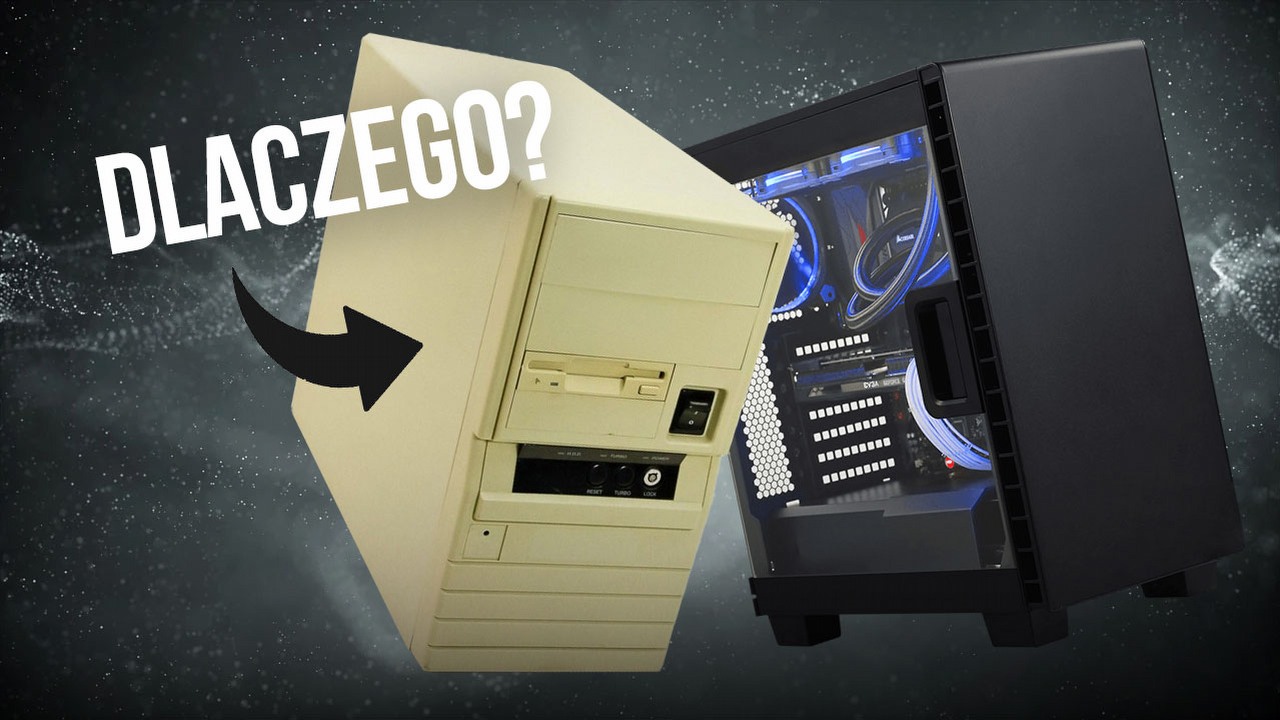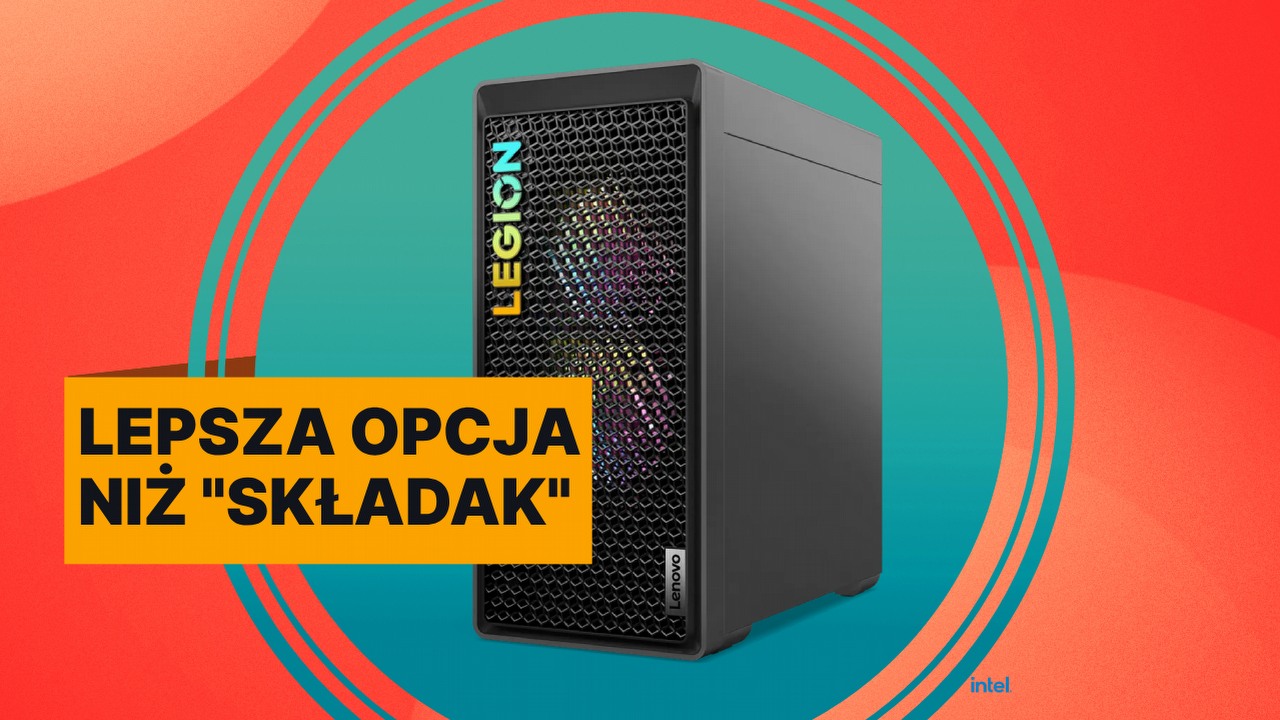Hardware and software
October 2, 2023, 2:44 p.m
For years, computers and various peripherals have been available in the dominant beige color. Decades ago this was the norm, but why? There are different theories about this, but one of them seems to be the most likely.
Nowadays, when you decide to buy a computer, you have a certain choice. The vast majority of cases and peripherals are black, but there is no problem finding the necessary items in other colors. Multi-color backlighting helps a lot with composition. In a way, by creating your attitude, you can also express yourself.
The situation was completely different until the mid-1990s. Everywhere you looked, there were beige computers, monitors, keyboards and mice. Literally every item should be this color.
Looking at the pictures, you can see that from the 1970s until the 1990s mentioned above, computers were definitely beige or colors similar to this color. Only at the end of the century began further experimentation with black, silver, dark blue and blue. Beige has been ruling the roost for over 20 years, and designers really wanted changes.
Where did the popularity of beige computers come from?
One clue leads us to Betty Holberton, who was one of the first programmers to work on the ENIAC (Electronic Numerical Integrator and Computer). However, the history of beige relates to Betty Holberton’s next project, UNIVAC I. When creating the computer, it was supposed to encourage women to make two changes.
Betty Holberton changes computers
One of the changes mentioned was the separation of the separate numeric keypad, which is what we still see today. The second change was to replace the black UNIVAC computer case with a beige one. For some, this is a sign that Betty Holberton set a trend that computer makers would follow for years to come. However, looking at machines dating back to the 1960s, it is clear that nothing like this has ever happened before.
For example, CTSS (Compatible Time Sharing System), which began operation in 1961, was offered primarily in black and grey. This was similar in the case of the MIT LINC and DAC-1 computers. At the end of the decade, the IBM 1360 appeared, its case was blue, which also negates the fact that the fashion for beige computers and peripherals was behind Betty Holberton’s decision.
naturally Brightly colored devices existed, but in terms of color there were no standards followed by later companies. So, skip a few years and maybe look at a company that is known for providing many innovative solutions – Apple.
Was Apple supposed to set new trends?
Considering one of the early works of Steve Jobs and Steve Wozniak, it is undeniable that this is the color that comes to mind when talking about beige computers. The Apple II computer was introduced in 1977, and given Walter Isaacson’s biography of Steve Jobs published in 2011, one might get the impression that Apple was behind the standardization of computer colors.
There is a paragraph in the book that says: Jobs wanted to create a computer that would stand out from competing devices that were supposed to be gray. The inspiration was the Cuisinart food processor, which has a bright packaging. This is what the Apple II was supposed to be, and Steve Jobs achieved his goal, as evidenced by the emergence of the aforementioned computer.
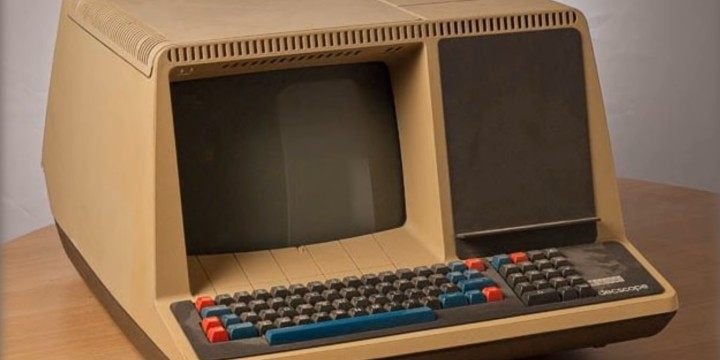
Dec VT50. Source: Nerd Hanin / YouTube.
However, the Apple II was not the first. A few years before its introduction, the DEC VT50 and its successor, the DEC VT52, appeared Both devices were surrounded by a beige case. Even before that, in 1973, the Wang 2200 appeared on the market and this device also featured a lighter, close-to-beige cover. In this case, the Apple II did not set a new trend, but rather followed what was already on the market.
The Germans want beige
Up until this point, you can see that beige was slowly appearing in computer design, but it was far from dominating and eliminating its competition with other colors. The book sheds light on what happened ThinkPad: A different shade of blue. In the article mentioned above, you can find a part that explains why light colors are so popular.
In the late 1970s, new standards were to be introduced in Germany which had to be followed in the workplace. Light colors were required for computersThese principles were soon adopted by other European countries. These standards and production costs eliminated computers with colors other than white or gray.
Lewis Packwood decided to test this theory for Kotaku. The journalist contacted Masha Toby, who works at the Computer Games Museum in Berlin, and had never heard of such regulations before. Christian Bartsch of the Software Conservation Society expressed a similar opinion on this issue. However, the man pointed this out In Germany there is a rule to avoid high contrasts in the working environment and employees must have visual contact with the outside world.
The above examples show that beige was present in the consciousness and was gaining popularity. While the first two questions do not explain why beige has become the dominant color, the situation in Germany somehow leads to an unclear answer.
Brown 80s
By looking back and talking to people who lived in the early 1970s and 1980s, you can learn what defined this period – the color brown.. Of course, that wasn’t the only thing, but it definitely stood out. Brown colors and their derivatives were incredibly popular in homes and offices. Another color – beige – fits perfectly into this decor.
At that time, computers were still new to the public space. Their popularity was just beginning to grow, and the light colors, including beige, were intended to allow the devices to blend into the background And help users get used to it more easily. In addition, beige appliances are easier to clean, and the passage of time does not affect them as much as white appliances.
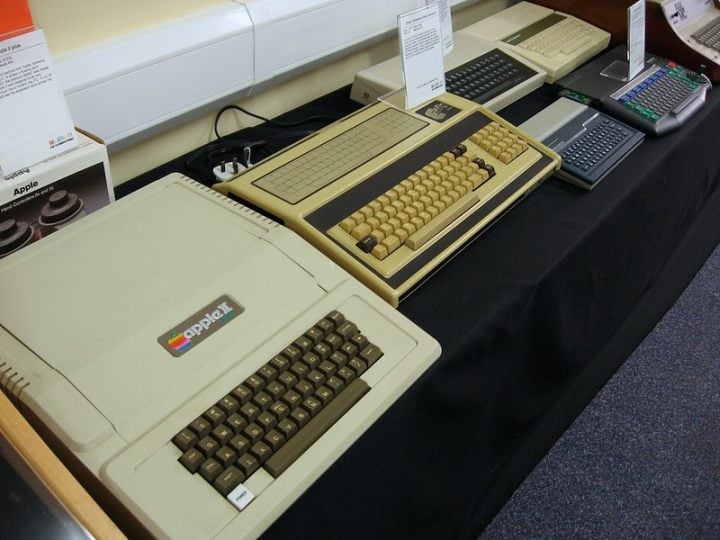
50 shades of beige. Source: Marcin Wikari / Flickr.
Economic considerations are also a strong argument. It should have been much cheaper to make items in beige. It was also easier to get a uniform color in mass production, which would have been more difficult in the case of blackWhich was written about in the previously mentioned book ThinkPad: A different shade of blue. Thus, light colors are applied to everything related to computers: monitors, keyboards, mice, disk drives and printers.
In such a case it would seem that yes The dominant role of beige was mainly economic, i.e. production of equipment that was cheaper and easier to maintain and issues of standardization of workplaces. In a period when brown was everywhere, the obvious choice was a color close to it, but at the same time lighter, to be more pleasing to the eye.
This situation prevailed until the mid-nineties. With the last decade of the twentieth century, there was a desire to revolutionize colors and move away from the boring and bland beige.. Such steps had been taken before, but the standardization of beige was so strong that combating it involved major problems, including much higher production costs.
It’s time to say goodbye to beige
Beige colors may have dominated the computer world, but that doesn’t mean that no attempts have been made to break away from them. One prime example is the CM-1 supercomputer from Thinking Machines Corporation. The device had a unique appearance. The cube-shaped computer case is divided into four sections equipped with red LEDs. However, the dominant color was black.
The machine came out in 1985, and as you might imagine, the design was not well received. YouTuber Nostalgic Nerd mentioned what his interviewer revealed to him. The CM-1’s unique look is paired with an equally black screen. However, this is not in line with the previously mentioned German ergonomics regulations.
For this reason, the CM-1 supercomputer was placed out of the workers’ eyesight and their screens were the standard beige color. However, this revolutionary device inspired Steve Jobs, who introduced the NeXT computer to the world in the mid-1980s., whose workstation was also cube-shaped. The dominant color was black and the NeXT had several generations, but it was still a very niche machine compared to the beige PCs.
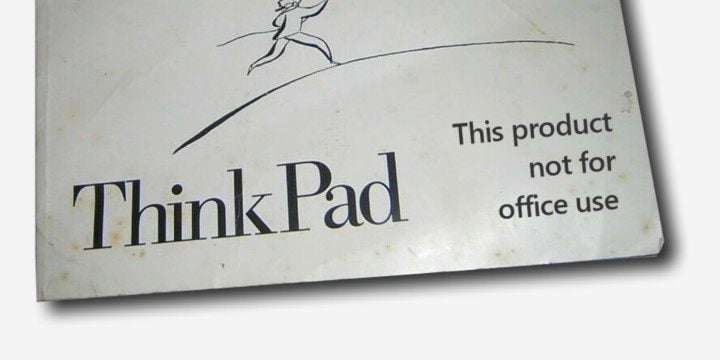
ThinkPad manual with a note on office use. Source: Nerd Hanin / YouTube.
However, IBM had a lot of problems in Germany in the early 1990s, which is again written about in the book ThinkPad: A different shade of blue. It’s all about the ThinkPad design, with which IBM employees wanted to break away from predefined colors. However, the German branch was quite adamant and did not even agree to release a laptop with a gray cover. In the end, the black-covered ThinkPad went on sale, but with one condition that may seem completely ridiculous: the user manual must include information that the device is not suitable for use in offices.
This is the end of beige
IBM’s actions were just the beginning. Soon, more and more computers began to appear in black or dark blue on an increasing scale. Of course, these devices were originally intended mainly for private use and companies still use shades of white with the dominant role of beige. The creators of ThinkPad did not want to stop, and among other things, later generations of IBM Aptiva computers, such as the 2142 model, were already black. However, an IBM desktop computer in this color only appeared in the mid-2000s with the NetVista series.
After returning to Apple, Steve Jobs introduced the iMac G3, which found its way into many IT rooms in the West. The transparent, multi-colored all-in-one showed off what the future of desktop computing might look like. That same year, Apple’s last beige business computer, the Power Macintosh G3, was launched.
Beige computers were one of many stages in the development of new technology. A simple color choice may seem insignificant, but it shows a change in approach towards certain things. Initially, this color was meant to be something new and modern, associated with the future. After all, it was white and beige that appeared in Stanley Kubrick’s A Space Odyssey.
But after many years, beige has become a bland and uninteresting solution. Black was gaining popularity, but lighter colors (especially white) were still present and continue to this day. However, beige is already a thing of the past. Such cases are hunted mainly by enthusiasts, and it’s hard to find a modern case whose colors nod to the golden age of 8-bit computers.

“Prone to fits of apathy. Introvert. Award-winning internet evangelist. Extreme beer expert.”

